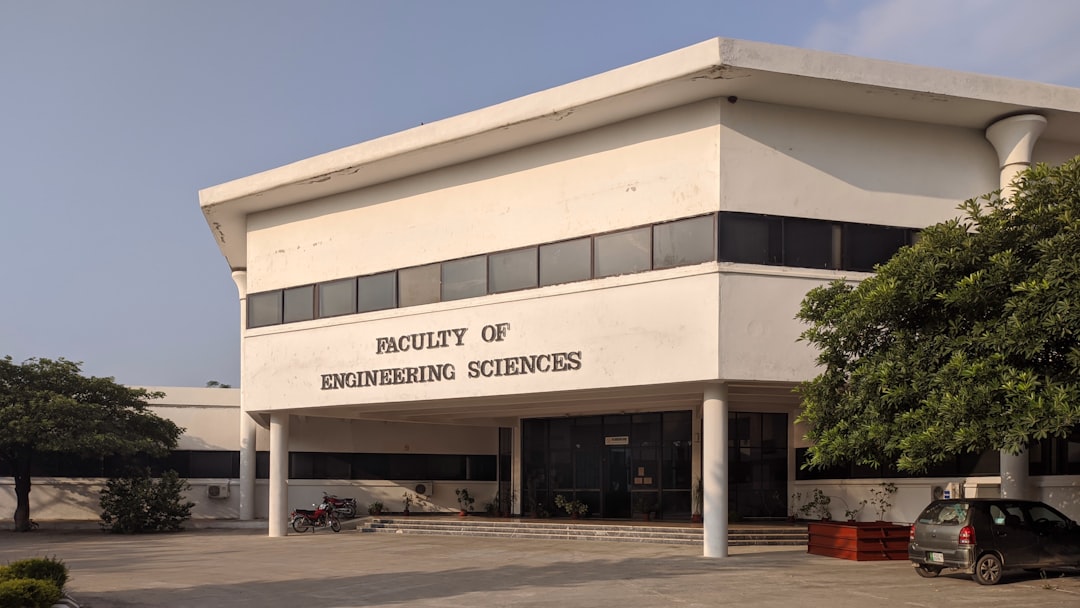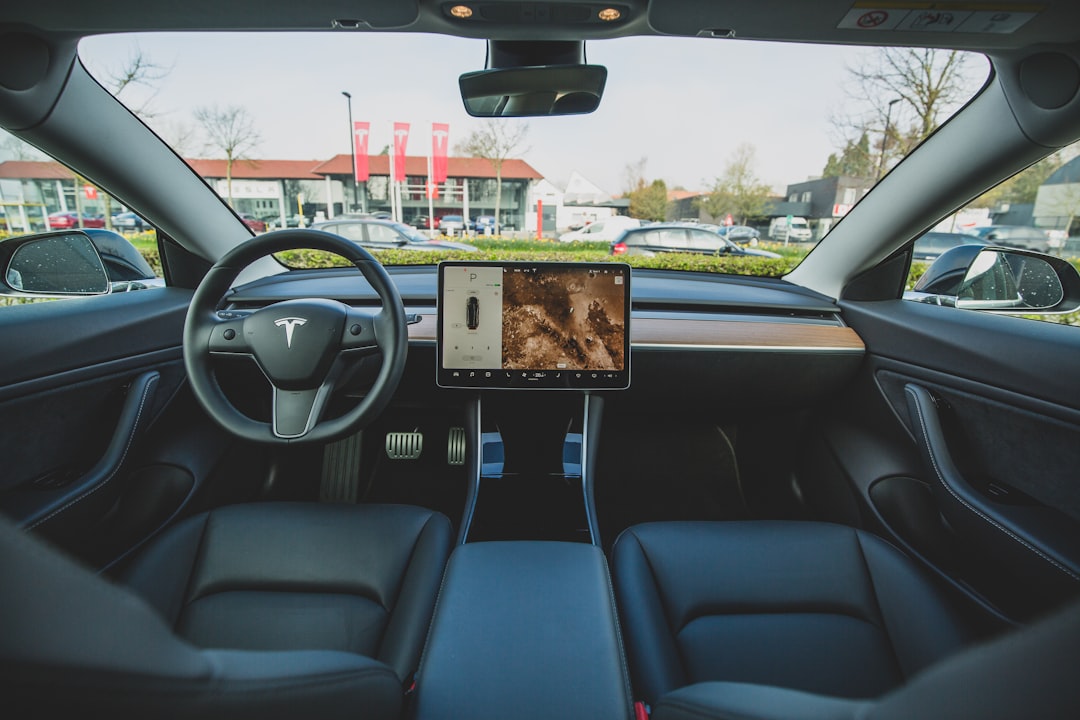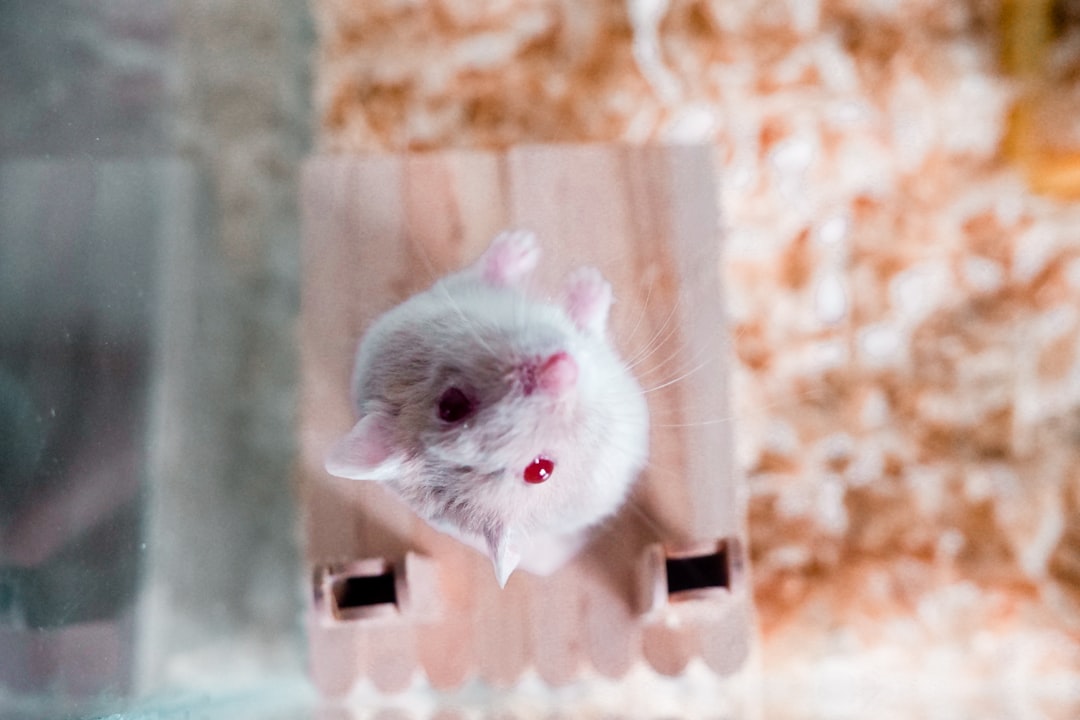Elon Musk, a name synonymous with innovation and disruption, has once again taken the world by storm with his audacious plan to ramp up the production of Starlink satellites to an astonishing 10,000 units annually. Musk’s vision is no less than a technological revolution designed to create a ubiquitous, high-speed internet network that blankets the globe, penetrating even the most remote and underserved areas.
The Starlink project, spearheaded by SpaceX, is already a colossal undertaking with thousands of satellites orbiting the Earth. However, producing 10,000 satellites every year raises the stakes significantly. The sheer scale of this ambition is aligned with Musk’s broader vision of establishing a more interconnected and informed global community.
Upon successful execution, this plan could see Starlink expanding its user base dramatically, providing unparalleled internet speeds and bandwidth. The initiative promises to bridge the digital divide by offering high-speed internet access to remote locations, rural communities, and developing countries where terrestrial internet infrastructure is inadequate or non-existent.
In order to meet this ambitious production target, SpaceX is likely to implement substantial upgrades in its manufacturing processes. Streamlining production lines, harnessing automation, and adopting advanced technologies are expected to be pivotal to achieving these goals. Musk’s relentless pursuit of scaling up production capacity is indicative of his capability to push the boundaries of what is possible, driven by his philosophy of “moving fast and building things.”
Moreover, this unprecedented increase in the production of satellites aligns with Musk’s vision to reduce launch costs, ultimately making space technology more accessible. SpaceX is also likely to leverage economies of scale, reducing the per-unit cost of satellites and facilitating cheaper launches, a strategy that not only benefits the Starlink project but also SpaceX’s broader commercial satellite launch segment.
Skeptics, however, raise legitimate concerns. The potential for such a vast number of satellites raises the specter of space congestion and the heightened risk of orbital collisions. The increase in space debris and the potential for it to impede other satellite operations is a critical challenge that must be addressed. Continuous dialogue with international space agencies and the adoption of new protocols for space traffic management will be vital in promoting long-term sustainability.
Elon Musk’s willingness to tackle complex challenges head-on, coupled with SpaceX’s track record of innovation, suggests that this ambitious plan is more than a futuristic dream. It is a tangible step towards realizing a future where global internet coverage is as ubiquitous and reliable as GPS. As the project gains momentum, it will be fascinating to see how these efforts reshape not just the internet landscape, but potentially redefine how humanity interacts with space technology.
In conclusion, Elon Musk’s plan to manufacture 10,000 Starlink satellites annually is a bold testament to his visionary leadership. It is a leap forward in democratizing internet access globally while showcasing the potential possibilities when ambition meets technological prowess. Whether these ambitious goals will seamlessly translate into reality depends largely on overcoming technical, economic, and regulatory hurdles. Nevertheless, Musk’s determination continues to inspire a new generation of technologists and entrepreneurs, pushing them to reimagine the limits of technological innovation.
Big Tech News
Starlink















Leave a Reply